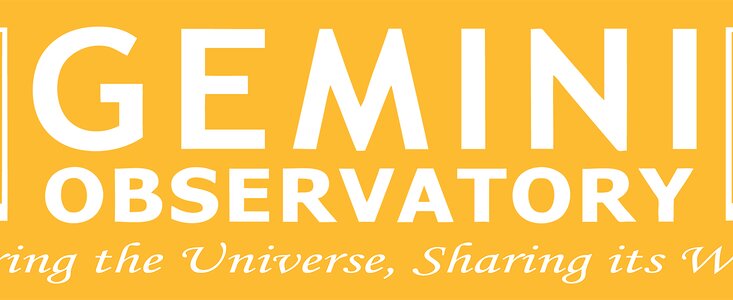Gemini Observatory on Hawaii's Mauna Kea Reaches Several Milestones
23 December 1998
Over the past two weeks, the Gemini North telescope near the summit of Hawaii's Mauna Kea has succeeded in accomplishing several key steps in the completion of this state-of-the-art 8-meter telescope facility.
On November 30th, the top-end of the telescope was mounted to the telescope structure, marking the last major structural element to be installed on the telescope. The top-end will support a 1-meter convex secondary mirror as well as sensors that are used to refine the images produced by the telescope. Immediately after it was installed, the telescope was successfully balanced and moved from a horizontal to vertical position. Project Manager Jim Oschmann said, "The anticipation is growing as we see this incredible structure take form and moving so gracefully. As so many systems are coming together, we are feeling the excitement - this thing is starting to look and feel like one of the world's largest and most advanced telescopes!"
Two days after the installation of the top-end, on December 2, the telescope's 8.1-meter primary mirror was successfully coated with a thin layer of aluminum using the most advanced mirror coating chamber ever built. Located in the basement of the observatory complex near the 13,824' summit of Mauna Kea, technicians worked through the night to deposit a layer of aluminum about 1/1,000 the thickness of a human hair across the surface of the mirror.
In addition to being able to coat the twin Gemini mirrors with aluminum, the Gemini coating chambers will be able to coat the mirrors with silver as well. It is expected that when coated with silver, the Gemini mirrors will produce the best infrared images of the universe ever obtained. Both of the giant coating chambers were designed in the United Kingdom, and used technology developed by Advanced Energy Industries in Ft. Collins Colorado and Optical Data Associates in Tucson, AZ.
Systems Engineering Manager John Filhaber said that, "We are very satisfied with the results that we obtained with our new coating chamber here on Mauna Kea. We have a very good coating for this stage in the project and we are in an excellent position to achieve our first light goals. Light will travel for billions of years without touching anything but the galaxy or gas cloud that produced it and this thin surface that we made. The rest of the trip through the telescope will take less than 1 ten-millionth of a second. This mirror would be worthless without the perfect glass surface that supports it. I have had a very talented and dedicated team to help with this work. John White, Richard Brink, and Clayton Ah Hee deserve all of the credit."
It is anticipated that the huge Gemini mirror will be installed in the telescope before Christmas and the first starlight should pass through the telescope by January of 1999. After "first light," Gemini North will undergo extensive testing and commissioning to assure that all systems are operating at an extremely high efficiency before scientific operations begin in the year 2000.
More information
The Gemini 8-meter Observatory Project is a multi-national collaboration that will provide two nearly identical 8-meter telescopes to an international community of astronomers. Both telescopes will incorporate new technologies that allow large, relatively thin mirrors to collect and focus both optical and infrared radiation from space - at times with even more clarity than is possible with the Hubble Space Telescope. The telescopes are located on Hawaii's Mauna Kea (Gemini North) and the other on Cerro Pachón in central Chile (Gemini South), and hence will provide full sky coverage.
The Gemini Observatory provides the astronomical communities in each partner country with state-of-the-art astronomical facilities that will allocate observing time in proportion to each country's contribution. In addition to financial support, each country also contributes significant scientific and technical resources. The national research agencies that form the Gemini partnership include: the US National Science Foundation (NSF), the UK Particle Physics and Astronomy Research Council (PPARC), the Canadian National Research Council (NRC), the Chilean Comisión Nacional de Investigación Cientifica y Tecnológica (CONICYT), the Australian Research Council (ARC), the Argentinean Consejo Nacional de Investigaciones Científicas y Técnicas (CONICET) and the Brazilian Conselho Nacional de Desenvolvimento Científico e Tecnológico (CNPq). The Observatory is managed by the Association of Universities for Research in Astronomy, Inc. (AURA) under a cooperative agreement with the NSF. The NSF also serves as the executive agency for the international partnership.


